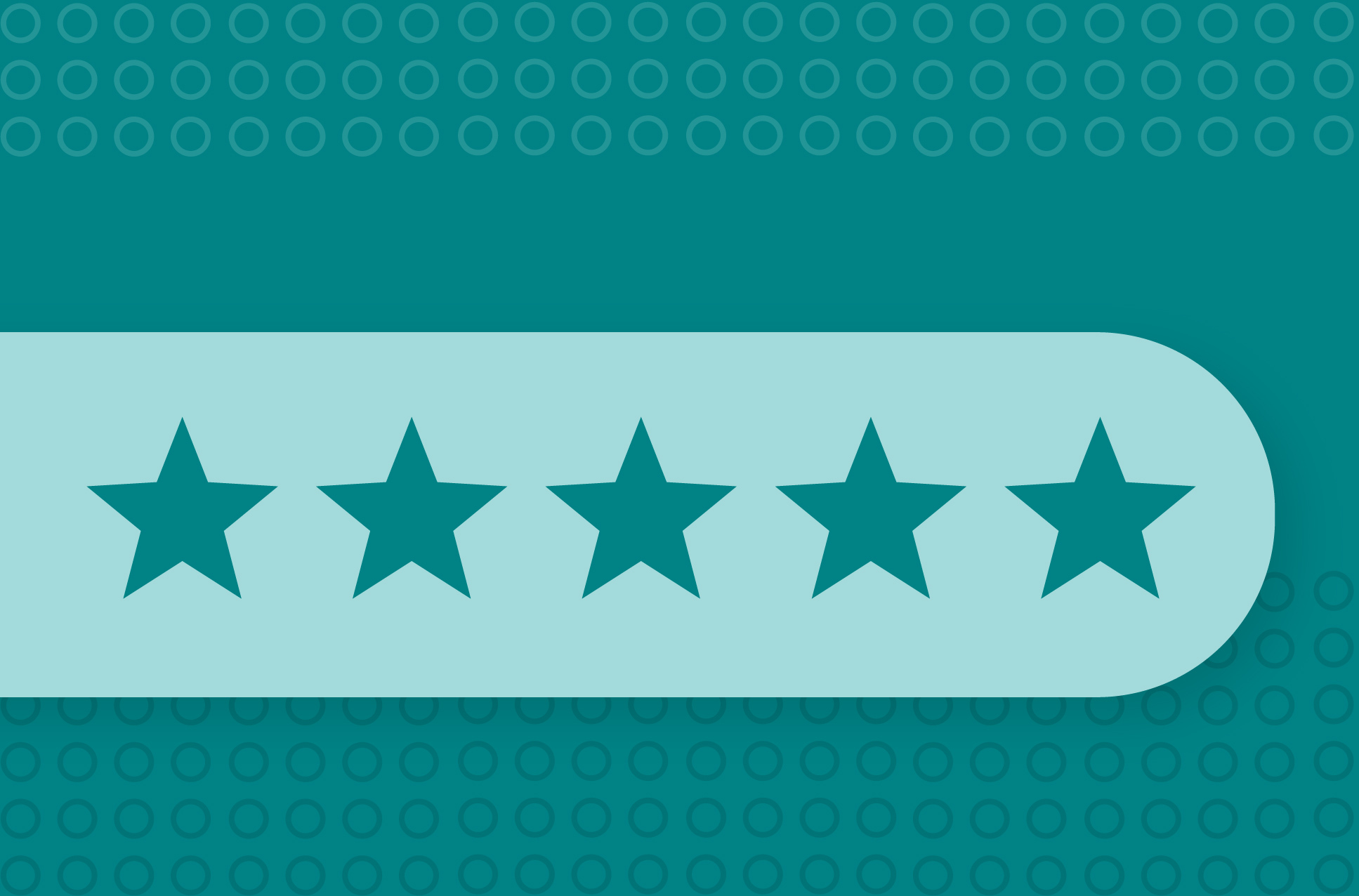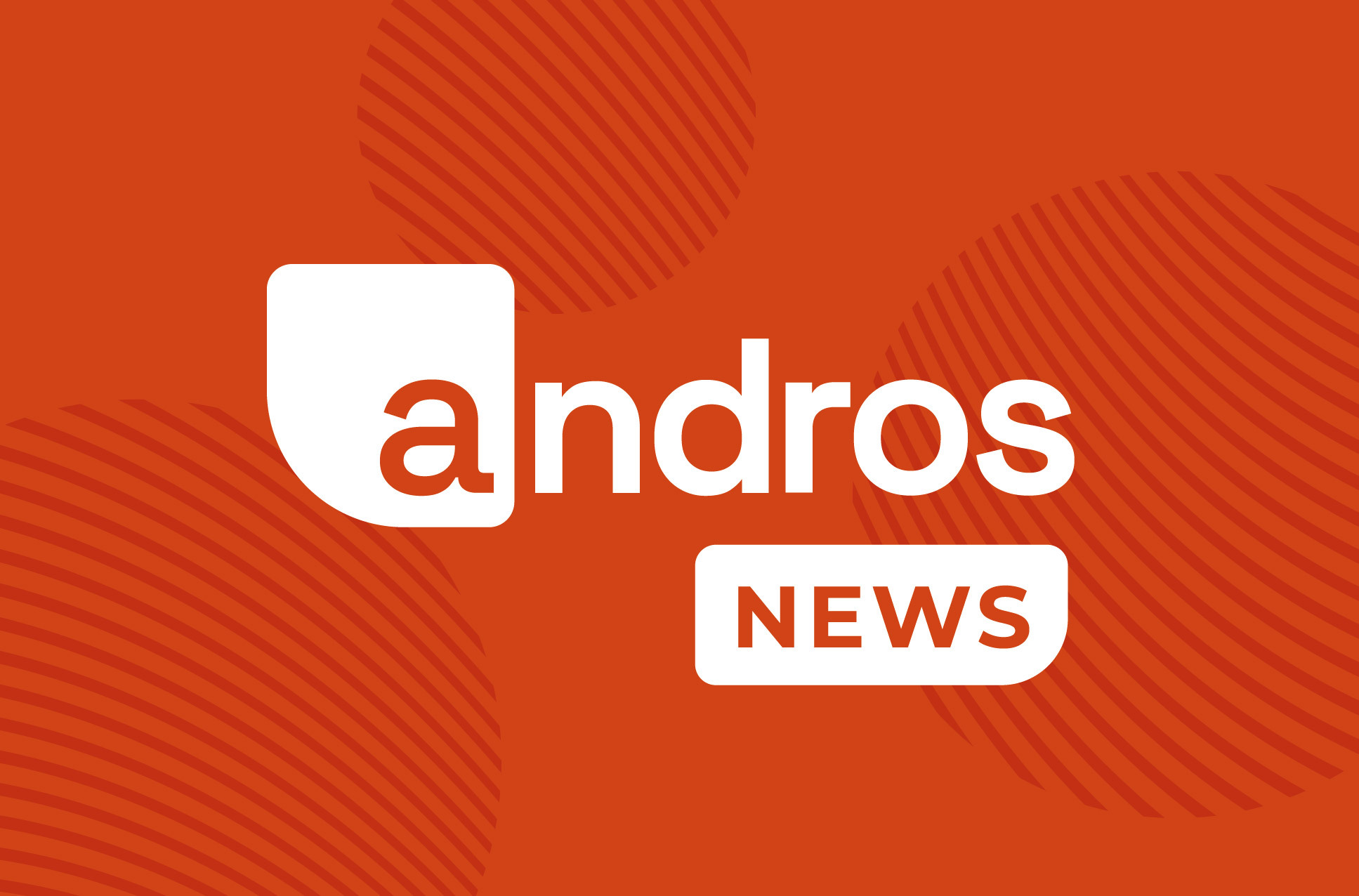There’s no one-size-fits-all model for provider recruiting. For health plans under pressure to expand access, enter new markets, or build high-performing networks, how you structure your recruiting operations can mean the difference between stalled growth and strategy advantage—a key differentiator for health plans that will win.
As the healthcare landscape shifts, many health plans are re-evaluating their recruiting models with the goal of finding the right balance of control, speed, and scalability. Broadly, there are three primary approaches: in-house recruiting, outsourced recruiting, and hybrid models. Each comes with its own strengths and tradeoffs, and understanding these can help teams make decisions that align with their broader growth strategy.
In-house recruiting: control and alignment
Keeping recruiting in-house offers the benefit of tight alignment with organizational priorities for many health plans. Internal teams understand the nuances of their network strategy, maintain institutional knowledge, and can potentially build deeper, longer-term relationships with providers.
But in-house recruiting models have their limits. In-house teams often struggle with bandwidth, especially during aggressive expansion efforts or when tackling multiple markets at once. Recruiting cycles can be slower and scaling quickly can either stretch teams thin or become impossible, which leads to missed growth opportunities.
Outsourced recruiting: speed and specialization
On the other end of the spectrum is outsourced recruiting. Outsourced recruiting can offer rapid scale and access to specialized expertise. External partners often bring proven processes, market insights, and established provider relationships that help accelerate network buildouts.
However, outsourcing can create challenges around integration and continuity. External teams may lack the institutional context needed to align with long-term network goals, and the handoff between recruiting and internal operations can create friction. Without strong oversight, plans risk losing visibility into provider experience and overall network performance.
Hybrid models: the best of both worlds
More health plans are experimenting with hybrid recruiting models, blending the control of in-house teams with the scale of outsourced partners. This approach ends up in a sweet spot, allowing plans to use internal teams to drive strategy and manage relationships while bringing in the external capacity to execute high-volume recruitment or support entry into new markets.
Hybrid recruiting models require clear governance and communication, but when well-orchestrated, they can deliver the best of both worlds with agility and alignment.
The role of technology and orchestration
Regardless of the model, the effectiveness of any recruiting strategy depends on the quality of data and the ability to orchestrate work across teams and partners. A unified provider network lifecycle can act as the connective tissue—centralizing provider data, automating workflows, and giving plans the visibility they need to track progress, manage performance, and accelerate time-to-network.
By breaking down silos and enabling true collaboration, an advanced network lifecycle ensures that whether recruiting is done in-house, outsourced, or through a hybrid model, it operates as part of a cohesive strategy.
Alignment model to strategy
Choosing the right recruiting structure starts with understanding your growth goals, market dynamics, and provider engagement strategy. Ask yourself:
- Are you entering new markets where speed is critical?
- Are you optimizing an existing network where continuity and relationships matter most?
- Do you have the internal infrastructure to scale recruiting or would external support create needed capacity?
Answering these questions can help to identify which model will best position you to build a strong, member-focused network.
Whatever recruiting model you choose, Andros helps make it work. Our tools and tech support the network lifecycle by unifying data, streamlining workflows, and orchestrating every step of provider recruiting, giving health plans the visibility, scalability, and precision to turn network development plans into strategic growth.
Looking to upgrade from isolated data management to full provider network orchestration? We’d love to show you how an advanced network lifecycle makes it possible. Connect with Andros today.

